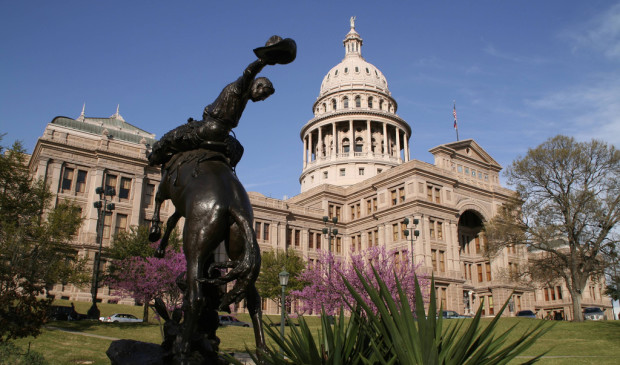AISD changes on the horizon after 84th session
Monday, August 31, 2015 by
Courtney Griffin Teachers, staff and students are no strangers to state legislators fiddling with school ratings or standardized testing, and this past legislative session was no exception. Monday, the Austin Independent School District board of trustees received an update on changes brought by the 84th Legislature after lawmakers passed 111 bills that will affect school districts statewide.
Dan Casey, a consultant hired by AISD for the legislative session, said more pre-kindergarten funding, additional professional development for math and literacy instruction, stronger punitive measures for habitually failing schools and a new A-F school rating system were all major initiatives this past session that became law.
At the meeting, AISD trustees reacted strongly to the state’s changes in the school rating system and increased sanctions if schools fail to meet state academic standards.
The new letter-based rating system places emphasis in four separately weighted areas that center around standardized testing data, with districts’ self-selected community and student engagement measures as the fifth criterion. The new ratings system will go into effect in the 2017-18 school year.
But effective immediately, the state put in place more punitive measures for districts that are slow to turn failing schools around. Now, if a school fails to meet state standards two years in a row, the campus must prepare a more detailed turnaround plan. The plan must outline how the school will be reformed, restructured or reconstituted, which gives officials more options than they had previously.
Countering the increased ability to take a more systemic look at failing schools at year two, the law also gives the Texas commissioner of education more teeth in ensuring school turnaround. If a school fails five years in a row to meet state academic standards, the commissioner can either close the school or appoint a board of managers to replace a district’s school board. The board of managers would oversee the entire district, not just the failing campus.
If this law had been in place during the years when Johnston High School – now Eastside Memorial – struggled to meet state academic standards, the state could have replaced AISD’s board of trustees during the 2007-08 school year. Eastside Memorial High School just recently escaped closure this year after it met state standards for the first time since 2002.
“So, in theory, one campus out of – you’ve got more than 130 now, I believe – could trigger the appointment of a board of managers,” said Maria Whitsett, a consultant with Moak, Casey & Associates. “The rational was: If the school is permitted to fail year after year, that there is something more systemically wrong, and it’s going to take a tremendous amount of pressure from the top to drive the change that’s needed to make sure the school is supported and the students are successful.”
Casey added that no one was particularly happy with “much of the outcome of this last session,” including lawmakers’ failure to solve the Texas school finance system.
Casey said the state plans to use $5.6 billion in local property taxes to fund its Foundation School Program in the next biennium. The program aims to ensure that “all school districts, regardless of property wealth, receive ‘substantially equal access to similar revenue per student at similar tax effort.'” It is the reason the state’s school finance system has been dubbed the “Robin Hood Plan”: Wealthier districts’ property taxes are sent to the state and redistributed to poorer school districts.
The state is currently embroiled in a lawsuit that questions the system’s constitutionality. Critics argue that funding formulas leave many “wealthy” school districts unable to meet their own needs. The Texas Supreme Court will begin hearing the case’s oral arguments Sept. 1.
Notable priority bills that failed in the 84th session addressed the creation of opportunity school districts, implementation of taxpayer savings grants (aka student vouchers), increased parental intervention options when schools fail, changes in teacher evaluations and the expansion of virtual schools.
“This doesn’t mean that these ideas are going away, however,” Casey said. “In my experience, it usually takes about three sessions for either good ideas or bad ideas to pass through.”
Photo by Ed Schlpul made available through a Creative Commons 2.0 license.
You're a community leader
And we’re honored you look to us for serious, in-depth news. You know a strong community needs local and dedicated watchdog reporting. We’re here for you and that won’t change. Now will you take the powerful next step and support our nonprofit news organization?










